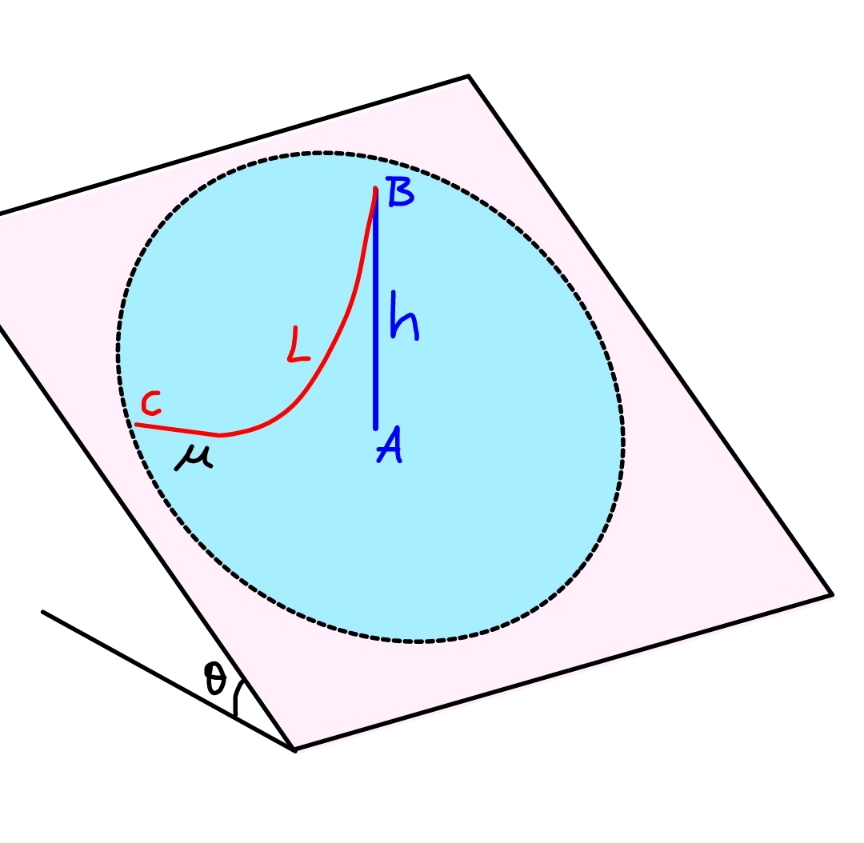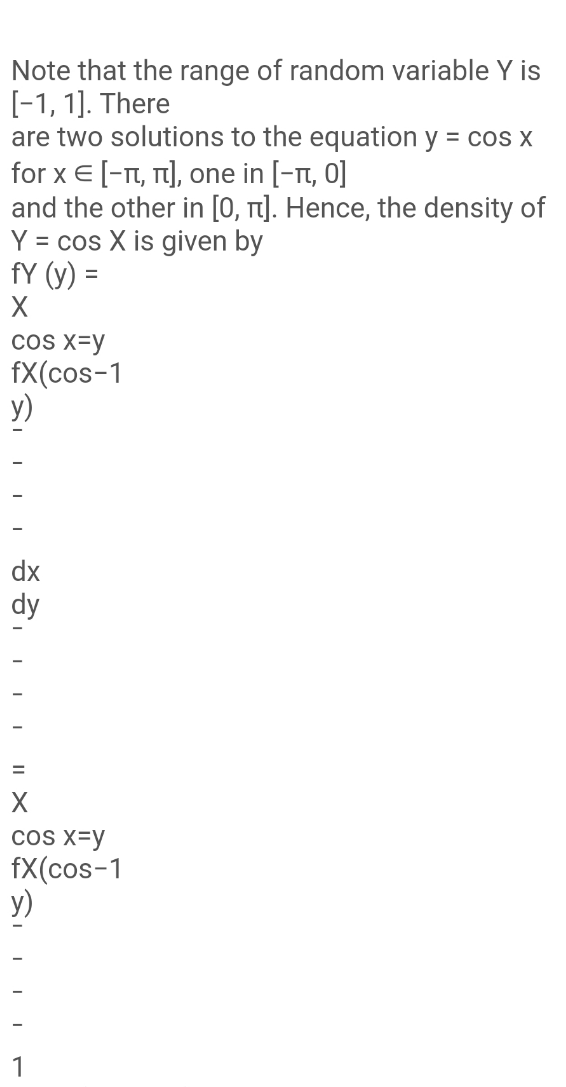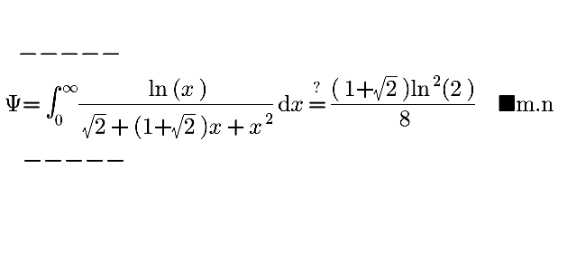
AllQuestion and Answers: Page 425
Question Number 177446 Answers: 1 Comments: 1

Question Number 177442 Answers: 3 Comments: 0

Question Number 177437 Answers: 0 Comments: 0

Question Number 177432 Answers: 2 Comments: 10

Question Number 177431 Answers: 0 Comments: 0

Question Number 177415 Answers: 2 Comments: 0

Question Number 177403 Answers: 2 Comments: 1
Question Number 177400 Answers: 3 Comments: 2
Question Number 177378 Answers: 1 Comments: 0

Question Number 177451 Answers: 1 Comments: 1

Question Number 177361 Answers: 1 Comments: 0
Question Number 177360 Answers: 1 Comments: 0
$$\mathrm{1}/\mathrm{2}\:{log}_{\mathrm{4}} \mathrm{36}\:×{log}_{\mathrm{6}} \mathrm{64} \\ $$
Question Number 177375 Answers: 0 Comments: 5
Question Number 177353 Answers: 4 Comments: 1

Question Number 177336 Answers: 0 Comments: 3
Question Number 177331 Answers: 1 Comments: 0
Question Number 177332 Answers: 1 Comments: 1

Question Number 177320 Answers: 1 Comments: 0

Question Number 177306 Answers: 2 Comments: 0
Question Number 177298 Answers: 1 Comments: 0
Question Number 177296 Answers: 2 Comments: 1
Question Number 177280 Answers: 3 Comments: 1
Question Number 177279 Answers: 0 Comments: 0

Question Number 177253 Answers: 2 Comments: 0
Question Number 177242 Answers: 1 Comments: 0
Question Number 177241 Answers: 1 Comments: 0
Pg 420 Pg 421 Pg 422 Pg 423 Pg 424 Pg 425 Pg 426 Pg 427 Pg 428 Pg 429
